
A welcoming scent of sugar hits the senses first. Then, somewhere beyond the roar of machines that cook, knead, roll and cut bushel-sized blobs into 13,000 nearly identical marble-sized orbs you hear it: a random pattering, almost like raindrops.
The sound is a stream of tiny lollipops tumbling down a metal chute and onto a conveyor that ferries them on to another machine that cuts and twirls wrappers around each faster than the eye can register. A large coil of wax paper waits nearby. The repeating red pattern printed on it seems indecipherable at first, but a closer inspection brings a wave of recognition and five familiar words written over and over and over: Cherry. Dum Dums. Original Pops.
Read Where Dum Dums Are Born at Ohio Magazine.
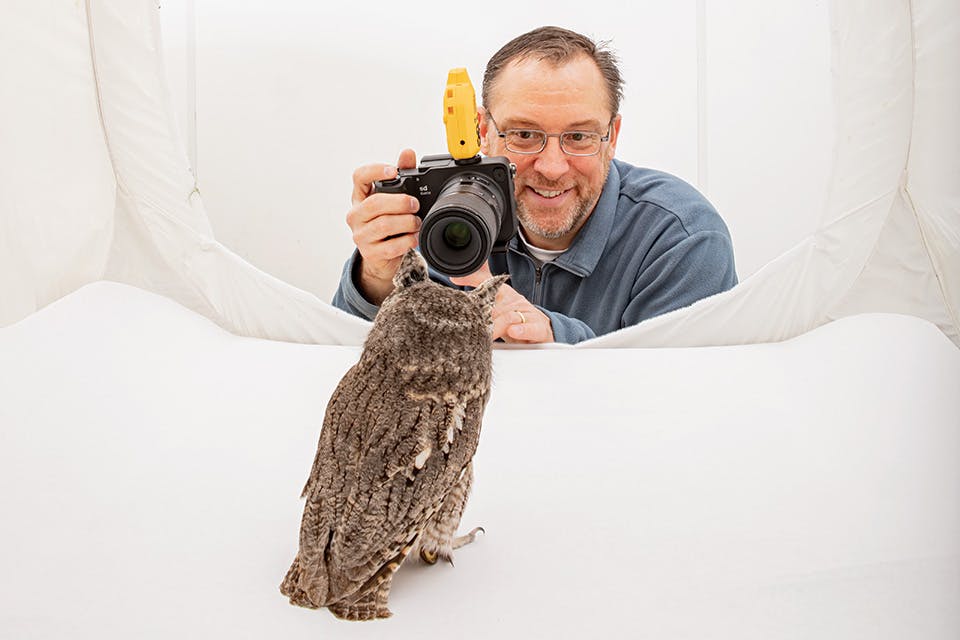
The small gray treefrog looks gargantuan staring out from one of photographer David FitzSimmons’ 24-by-36-inch prints. The amphibian weighs just a quarter of an ounce when full grown, but this larger-than-life version presents the frog as a regal representative of the animal kingdom, his front legs tucked up under his chest, his black and gold eyes staring straight forward and his skin sporting a beautiful, light-green hue.
The image is one of two dozen large-scale photographs FitzSimmons brought to Telluride, Colorado, in 2010 for a gallery show of his work at the historic Sheridan Opera House. His series of wild animals on seamless, white backgrounds also included a jumping spider, an Eastern box turtle, a striped skunk and a blue jay. The photographer was curious how those in attendance would respond to his work.
“People walked in and they just oohed and aahed and reacted in a way I had never seen audiences react to gallery events before,” he recalls. “They were cringing from the spider picture and laughing at the other animals.”
Read The Photography of Children’s Book Author David FitzSimmons at Ohio Magazine.

The heart of Plum Brook Station’s Space Power Facility is 100 feet in diameter and 122 feet high. The silo-like room has an 8-foot-thick concrete shell and two 50-foot-square doors that weigh 5 million pounds each and must be driven into place each time they are opened or closed.
It’s a seldom-glimpsed space, but if you’ve watched the beginning of the superhero film “The Avengers” you’ve seen it. In 2011, movie crews spent a month at the NASA research facility, which is part of a 6,400-acre campus just down the road from Cedar Point, to make use of the vacuum chamber’s futuristic look.
The structure was built in 1969 as the Apollo missions were winding down, with the idea of using it to test nuclear and non-nuclear space power-propulsion systems. The nuclear tests never happened, but the chamber is the ideal environment for re-creating the realities that exist beyond our planet’s atmosphere.
Read How NASA’s Ohio Research Facilities Are Shaping the Future at Ohio Magazine.
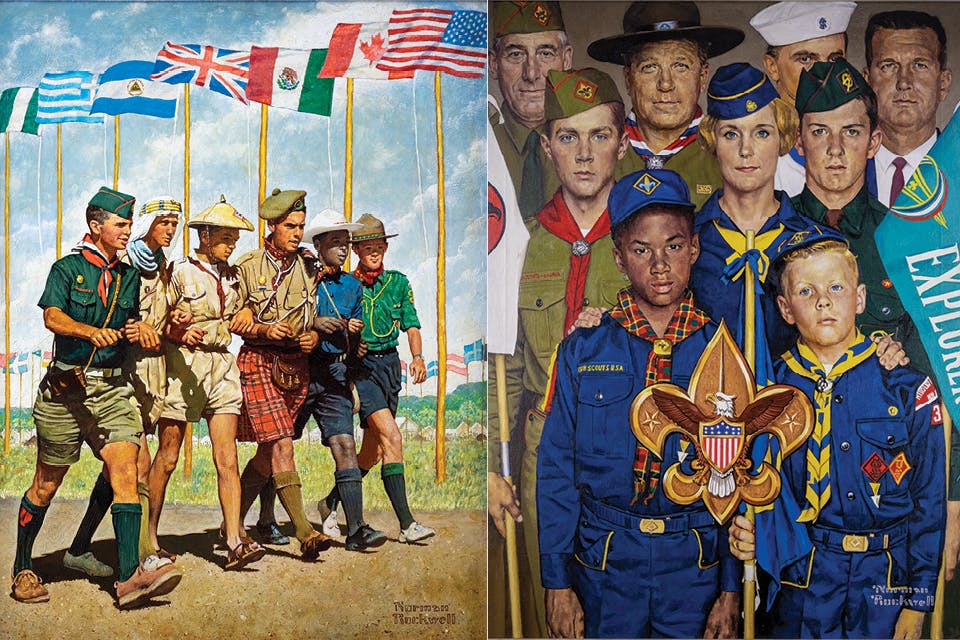
Even at 79 years old, Ned Gold is all Boy Scout. He grew up in New Mexico, not far from Philmont Scout Ranch, which spans more than 140,000 acres of wilderness in the Sangre de Cristo Mountains. Owned by the Boy Scouts of America, the ranch opened as a camp in 1938 and was captured in Rockwell’s 1957 painting “High Adventure,” which depicts a line of scouts heading off into the distance as sunlight illuminates the landscape.
“I just love this,” says Gold, as he stands in front of the work. Next to it rests “Tomorrow’s Leader.” It shows a Boy Scout standing in a pose worthy of a classical sculptor with a field of merit badges behind him. Rockwell’s angular and immediately recognizable signature stands out clearly in the bottom right corner of the canvas.
Read How Norman Rockwell’s Boy Scout Paintings Ended Up in Ohio at Ohio Magazine.
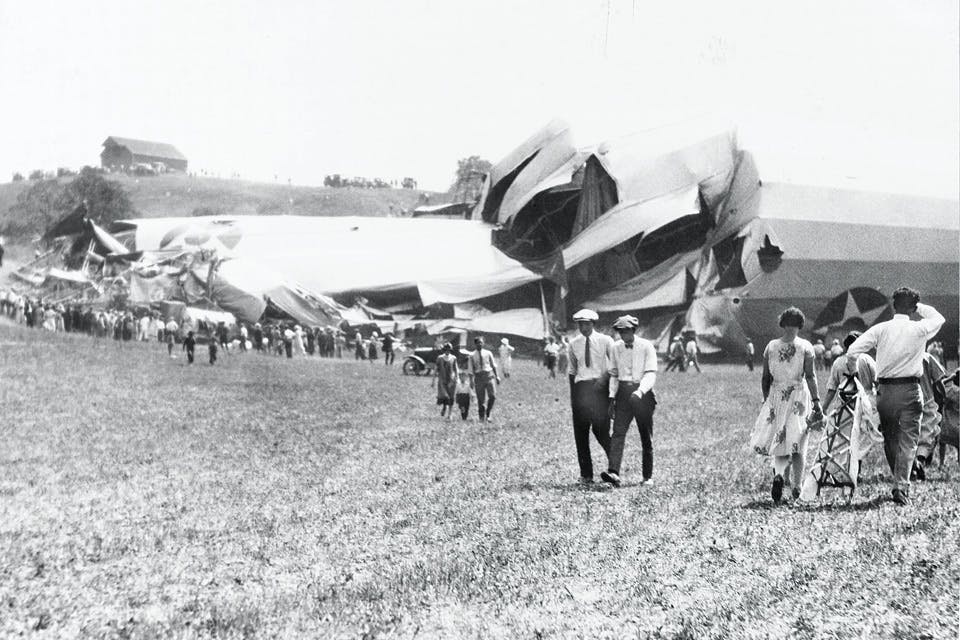
The looting began almost immediately, with locals swarming the main section of the craft to take home a bit of history. A photograph printed in Washington D.C.’s afternoon newspaper, The Evening Star, four days after the wreck shows three men — one dressed in suit, tie and hat — holding pieces of the craft that were taller than they were. But that represented a mere fraction of the souvenir hunters who made their way to Neiswonger’s farm in the wake of the tragedy. Eventually, soldiers from Fort Hayes in Columbus stopped the looting by keeping crowds 100 feet from the wreckage, but the damage was done.
“Covering and cells had all been torn away with the exception of some of the silver cloth over the uppermost part of the ship’s remnant,” an AP report noted. “Cables, platforms, joints, gasoline tanks, electric communication wires — everything detachable was gone.”
Read The Crash of the USS Shenandoah at Ohio Magazine.

Today, the place where Kasich’s first day as a public official began is just a short walk upstairs from his Statehouse office. On a Monday in mid-December, we make it together. The governor swings open the wide wooden door and steps across the threshold of the ornate Ohio Senate chamber. He walks to the front of the room, stopping at the first row, at the spot immediately to the left of the aisle.
“So when I was here, I used to sit right here,” the governor says softly, almost reverently. “This was my seat.”
Kasich was 26 years old the day he took the oath of office in this room. Within three years, he’d be elected to the U.S. House of Representatives.
Read Where Does John Kasich Go From Here? at Ohio Magazine
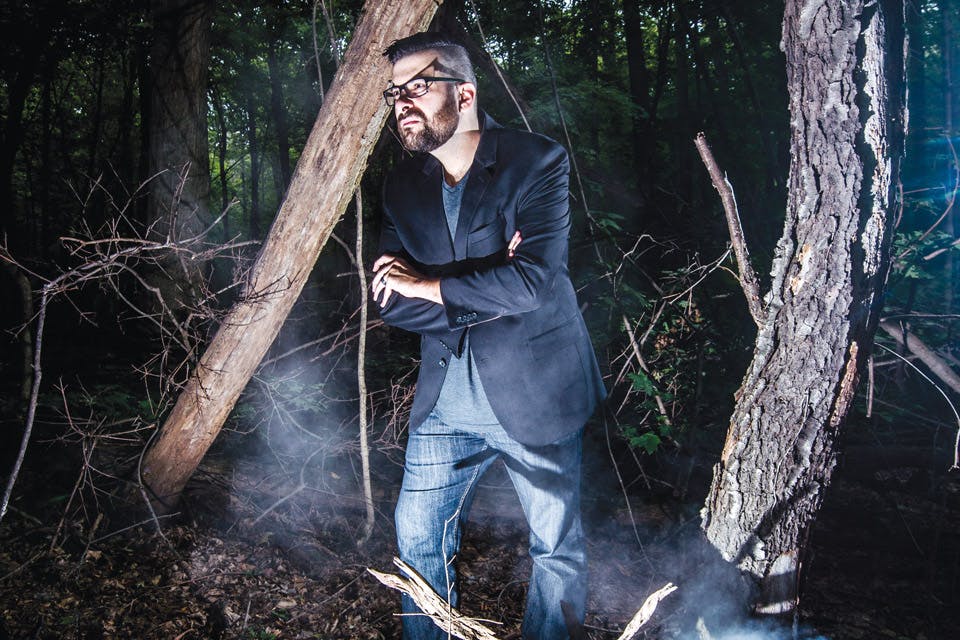
Other bits of Minerva history passed down over the years fall squarely into the realm of lore. One involves a trove of gold that a group of French soldiers is said to have buried in the area during the 1750s, prior to being overtaken by opposing forces. Some believe the treasure is still out there.
Another, much more recent tale, recounts how in August 1978 the Cayton family spotted a Bigfoot-like creature in the woods behind their Minerva home. It returned nightly, throwing rocks and causing the family members such distress they ultimately reported the monster to the sheriff’s department. Having grown up in nearby Bolivar, filmmaker Seth Breedlove has known about the creature nearly his entire life.
Read Filmmaker Seth Breedlove’s Small Town Monsters at Ohio Magazine.
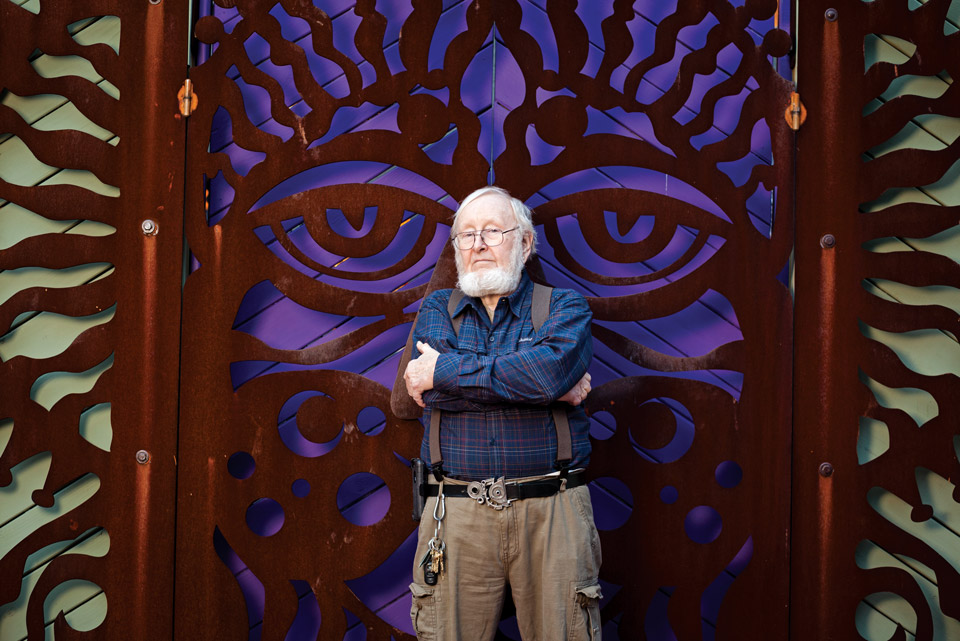
Given his father’s background, it makes sense that Drumm became intrigued by industrial processes such as sand-casting and working with metals like aluminum — an artistic medium he is credited with helping pioneer. For some of his larger pieces, such as his Kent sculpture, he worked in Cor-Ten, a steel that weathers over time and is seen in the rugged exteriors of railroad boxcars.
“I feel like I’m part of an industrial age and should be using as many of those techniques as I can,” Drumm says. Over time, that meant trading works crafted by a cutting torch for ones born of exacting, computer-controlled cutting devices, which allowed him to bring his larger pieces new detail and dimension.
“He has these mechanical skills on top of the sculpting,” Leandra adds, “how things can be assembled and how they work together and how to create something that can last.”
Read The Life and Art of Don Drumm at Ohio Magazine.
MORE
FOOD & DRINK: Cockeye BBQ | 1808 American Bistro | Hofbrauhaus Cleveland | Red Basket Farm | Collision Bend Brewing Co. | Famous Ohio Foods: White Castle
MUSIC & MEDIA: ‘Play It Loud: The Instruments of Rock & Roll’ | ‘Mellencamp’ at Rock Hall | ‘The Art of Video Games’ | 40 Things Every Ohioan Must Do: Visit the Rock & Roll Hall of Fame | ‘Star Wars’ at Cincinnati Museum Center | ‘Game Of Thrones’ Composer Ramin Djawadi | Dave Grohl on ‘Wasting Light’
TRAVEL & ADVENTURE: Hiking Every Mile of the Ohio & Erie Canal Towpath Trail | Ohio’s Shawshank Trail | Rock Climbing & Rappelling in the Hocking Hills | Biplane Rides at WACO Field | Explore the Life of Warren G. Harding in Marion
SPORTS: The Cleveland 50: The Cavs Win Us a Championship | LeBron James and a Promise Delivered | Iconic Cleveland: The Browns Helmet
GREAT OHIO ROAD TRIPS (VIDEO SERIES):
2023: Lake County Taco Trail | Muskingum Watershed Conservancy District | Ohio Amish Country
2022: Visit Canton
2021: Southwest | Southeast | Central | Northeast | Northwest
